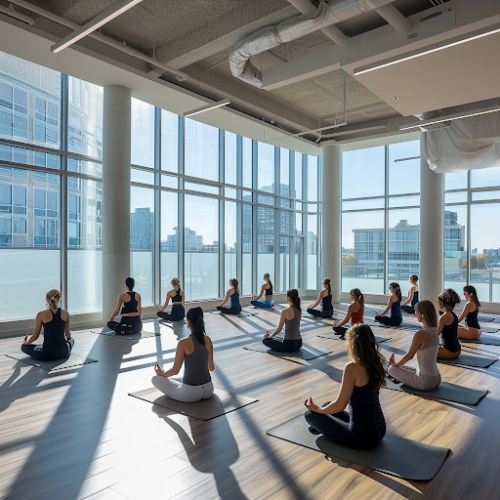The holiday season is full of excitement, gatherings, and delicious treats, but it can also bring late nights and chaos to routine, sometimes leaving us feeling drained. At Alliance Chiropractic, we understand how important it is to maintain your energy during one of the busiest times of the year. In this blog, learn expert-backed tips on how to sustain your energy levels so you can make the most of the busy holiday season.
1. Keep Moving: Embrace Physical Activity
Regular exercise boosts energy levels and enhances mood. Brisk walking, ice skating, or family dance sessions are great group activities to keep everyone active during the holidays. Research indicates that short walks after eating can improve blood sugar regulation and is another way to improve your energy levels throughout the day.
2. Sleep: Stick to a Routine
Sleep is also essential when it comes to maintaining energy. Aim for seven to nine hours of quality sleep each night, even during holiday events. Establishing a regular sleep routine helps regulate your body’s internal clock, promoting better rest and increased daytime energy. Irregular sleep schedules can increase the risk of cardiovascular health, highlighting the importance of consistency.
3. Fuel Your Festivity with Balanced Meals
With homemade treats and festive shindigs, the holidays often include plenty of indulgent foods. Start your day with a protein-rich breakfast to stabilize blood sugar levels and provide sustained energy. Incorporate high-fiber carbohydrates and healthy fats into your meals, and enjoy treats in moderation. Bringing healthy, high-protein dishes to potluck gatherings is another way to ensure nutritious options are available.
4. Take Vitamin D Supplements
Vitamin D plays a crucial role in regulating sleep-wake cycles, managing mood, and maintaining energy levels. During winter months, reduced sunlight exposure can lead to lower vitamin D levels, which has been linked to fatigue, lower energy, and a sad or depressed mood. Speak to your health care provider about Vitamin D supplements to offset potentially low levels. Consuming vitamin D-rich foods like fatty fish, fortified dairy products, and egg yolks can also help maintain optimal levels.
5. Hydration: The Energy Booster You Need
Staying hydrated supports nutrient transport, ensuring your body can deliver essential vitamins and minerals where they are needed, helping maintain steady energy levels. Aim to drink 8-10 cups of water daily, as dehydration can lead to fatigue and decreased alertness. Carrying a water bottle and setting regular reminders can help keep you on track, especially during dry winter months.
6. Manage Stress with Mindfulness
The holiday season can be stressful and affect your energy levels. To help manage stress and promote relaxation, consider mindfulness techniques such as spending a few minutes each day to reflect on things you are thankful for; journalling; practising focused breathing; or using a guided mindfulness app. Being able to manage stress not only helps maintain your energy levels but also supports overall positive well-being.
Final Thoughts
The holiday season should not leave you feeling burnt out or wanting a few days to recover from it all. Create your own healthy holiday routine to include physical activity, balanced nutrition, sleep, hydration, and stress management. Taking care of you means enjoying the festivities while staying energized and healthy.
Alliance Chiropractic is dedicated to supporting your health and wellness. While our focus remains on your musculoskeletal system, we are committed to providing you with information to help inform and educate you on other factors that could affect your health. If we don’t have the answers, our team will do our best to help you find the resources that do.
If you have any questions about this article or other topics related to your health, contact us.
Information for this blog was sourced from BusinessInsider, SharonPalmer.com, NYPost, NeuroLaunch, and adelaidenow
Want to stay updated on health information? Subscribe to our quarterly newsletter here.










